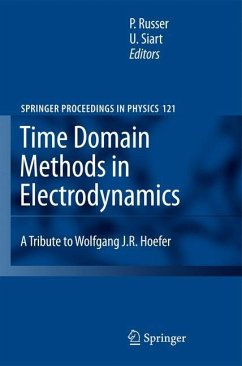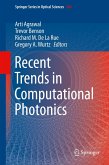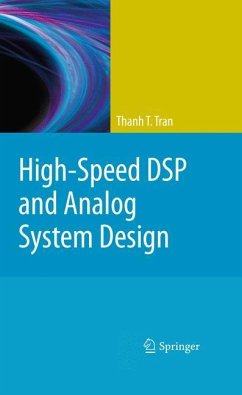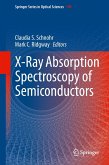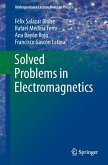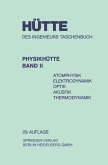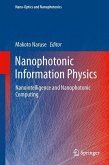On May 16th 2007 the Faculty of Electrical Engineering and Information Te- nology of the Technische Universitat ¿ Munchen ¿ bestowed the degree of the doctor honoris causa to Wolfgang J. R. Hoefer for Extraordinary achievements in the theory of electromagnetic elds. On this special occasion a symposium on Time Domain Methods in Modern Engineering Electrodynamics has been held in honor of P- fessor Wolfgang J. R. Hoefer at the Technische Universitat ¿ Munchen ¿ on May 16 and 17, 2007. The symposium topic was focused on the main area of research of Wolfgang J. R. Hoefer, the time domain methods in computational electromagnetics especially the transmission line matrix method and its applications. The transm- sion line matrix method has been developed and rst published by Johns and Beurle in 1971. In the past 20 years Wolfgang Hoefer has given exemplary contributions to the development of the transmission line method. Space and time discretizing time domain methods have emerged as key nume- cal methods in computational electromagnetics. Time domain methods are versatile and can be applied to the solution of wide range of electromagnetic eld pr- lems. Computing the response of an electromagnetic structure to an impulsive - citation localized in space and time provides a comprehensive characterization of the electromagnetic properties of the structure in a wide frequency range. The most important methods are the nite difference time domain and the transmission line matrix methods.
This book consists of contributions given in honor of Wolfgang J.R. Hoefer. Space and time discretizing time domain methods for electromagnetic full-wave simulation have emerged as key numerical methods in computational electromagnetics. Time domain methods are versatile and can be applied to the solution of a wide range of electromagnetic field problems. Computing the response of an electromagnetic structure to an impulsive excitation localized in space and time provides a comprehensive characterization of the electromagnetic properties of the structure in a wide frequency range. The most important methods are the Finite Difference Time Domain (FDTD) and the Transmission Line Matrix (TLM) methods.
The contributions represent the state of the art in dealing with time domain methods in modern engineering electrodynamics for electromagnetic modeling in general, the Transmission Line Matrix (TLM) method, the application of network concepts to electromagnetic fieldmodeling, circuit and system applications and, finally, with broadband devices, systems and measurement techniques.
This book consists of contributions given in honor of Wolfgang J.R. Hoefer. Space and time discretizing time domain methods for electromagnetic full-wave simulation have emerged as key numerical methods in computational electromagnetics. Time domain methods are versatile and can be applied to the solution of a wide range of electromagnetic field problems. Computing the response of an electromagnetic structure to an impulsive excitation localized in space and time provides a comprehensive characterization of the electromagnetic properties of the structure in a wide frequency range. The most important methods are the Finite Difference Time Domain (FDTD) and the Transmission Line Matrix (TLM) methods.
The contributions represent the state of the art in dealing with time domain methods in modern engineering electrodynamics for electromagnetic modeling in general, the Transmission Line Matrix (TLM) method, the application of network concepts to electromagnetic fieldmodeling, circuit and system applications and, finally, with broadband devices, systems and measurement techniques.

